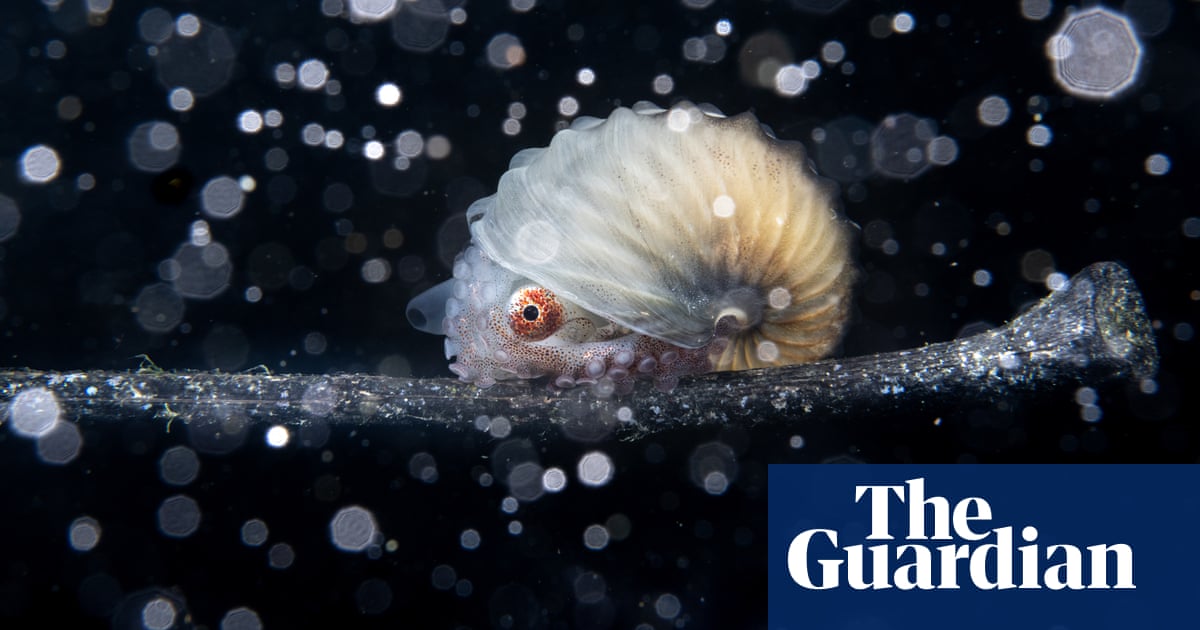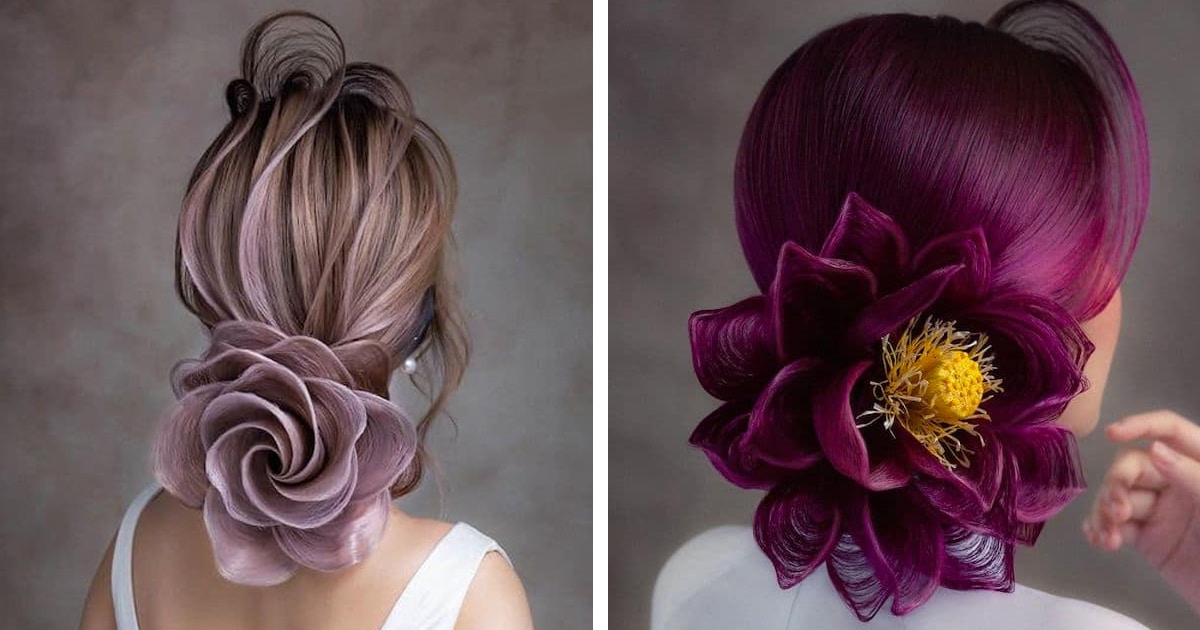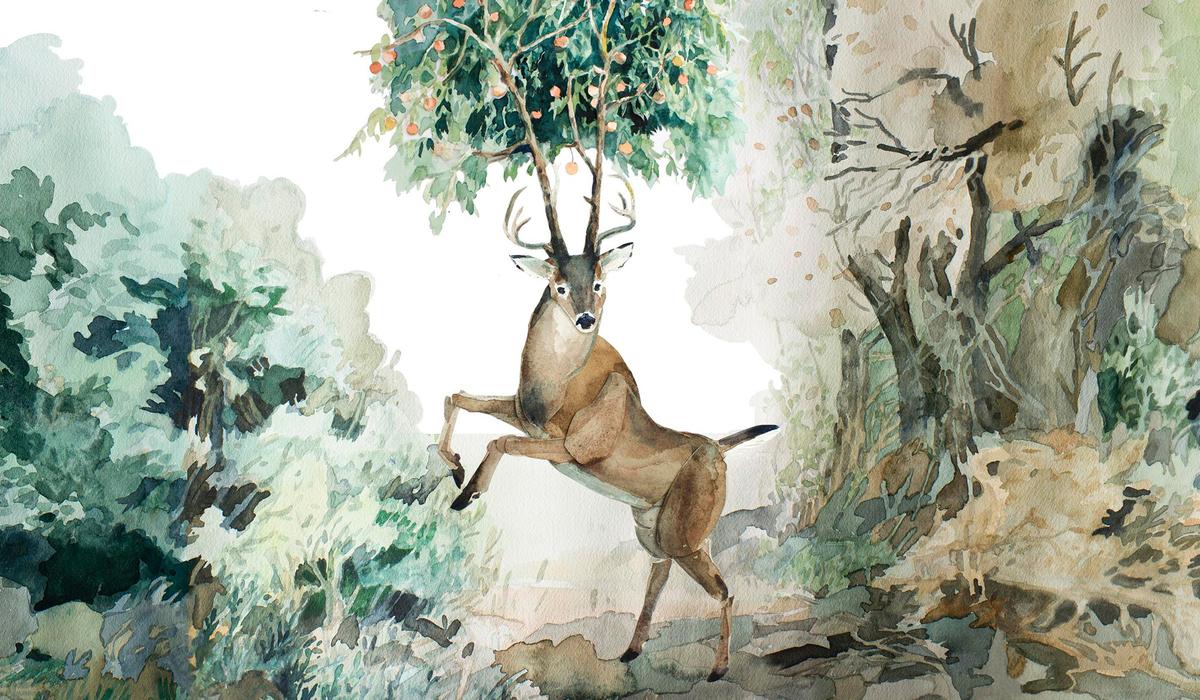- Breathing Light
- Posts
- Breathing Light Issue #78
Breathing Light Issue #78
On great questions and knowing when to stand

In this Issue
1. Taku Mahi Toi o Te wiki-My Artwork of the Week
2. Korero Timatanga-Frontispiece
3. Letters to my Friends-Letter to Jeremy: On great problems and great art
4. Waiata mou te Ata-Poem for the day
5. Nine or Ten Fevered Mind Links (to make your Sunday morning coffee go cold)
6. Koorero Whakamutunga-Endpapers
My Artwork of the Week
Taku Mahi Toi o Te Wiki

Motu Kiore, Piopiotahi Milford Sound 2022 | Fujifilm GFX 100, GF 45-100/4
"God is within you; you are His instrument, and through you He expresses Himself to the external world."
Many years ago, I took the opportunity to spend a week studying the Magnum way of how to shoot documentary photography. Our teacher, David Hurn, who has been a Magnum photographer since the 1950s, when he fell into the trade during the Hungarian uprising, taught us an enormous amount about the genre. One thing he said, which has stuck with me ever since then, was his statement:
"There are only two decisions to make in photography. Where to stand and when to push the button."
That is undoubtedly true. However, I would like to suggest that there may be a third rule, particularly for landscape photographers.
When to stand.
It means knowing your location so intimately that you know when to be there, what season, what month, what week and what time of the day.
I had been on a cruise on Piopiotahi/Milford Sound with some friends, and we were returning to the dock late in the afternoon on one of those rare sunny days when there was no wind. I had been up in the wheelhouse with Graham the skipper, who has been sailing the sound for many years, and, as we pulled in and tied up, he turned to me and said:
"don't be in a rush to go home. It would be best if you stuck around for another hour or so. You will see the sun set behind Mitre Peak. It only happens at this time of the year and only on a day like this. You don't want to miss it. Trust me, it will be glorious."
He was right.
We all got off the boat and began walking up the jetty. Herman, the resident kotuku (White Heron), a living fixture in Milford Sound and whom everybody has photographed, was sitting above us on one of the bracing frames. As we trooped along, he promptly pooped on the head of the tourist just in front of me, who immediately cried out. I am not sure why. After all, we all know that when a bird poops on your head, it means good luck.
I took that as a positive sign.
My friends were happy to wait in the car while I collected my tripod and made my way down to the end of the breakwater. While most visitors wander down to the beach on the other side of the sound, you get a different view from the end of the breakwater.
I waited perhaps three-quarters of an hour, somehow knowing something special was coming.
And it did.
As the sun sank, I could see that its trajectory would take it behind the maunga (mountain). I reflected on the fact that it has three names. In English, it is known as Mitre Peak. Maaori know it as Rakaihautu, after the skipper of the great waka Uruao. However, Waitaha, who were there many thousands of years before Maaori, know it as Maunga Kiore, after its resemblance to the kiore, or native rat (now extinct). They would come there for the kai moana (seafood) but mainly for the tangiwai, a much-priced translucent stone that can only be found in one of the bays at the head of the fjord.
The sun began its descent behind the maunga, dipping moment by moment behind the peak. I photographed its trajectory until it emerged from the other side and sank below the hills.
When I worked on it in post-production, what emerged was as if Te Raa, the sun, was kissing the left slope of a very tapu (sacred) mountain. It was a moment of exquisite intimacy.
A year later, almost to the day, I found myself back there with another group. Astoundingly, the light and weather were identical. The pictures I made were eerily similar, although subtly different.
When to stand.
A landscape photographer needs to know his subject so intimately that he has a sense of the right time to be there. Season, month, week, day and time.
The third week in April.
I have already sold several copies of this work, so it is now an open edition.
If the work speaks to you and you would like your own hand-printed copy (by me), please reach out. As you can see, it is very affordable.
Where to stand. When to stand. And when to push the button.
Larger sizes on request.
Open Edition A2
$NZ 800 (print only).

Frontispiece
Koorero Timatanga

Te Rerenga Wairua,Northland, 2016 | Nikon D810, Tamron 70-200/2.8
“Art has to move you and design does not, unless it's a good design for a bus.”
Atamaarie e te whaanau:
Good morning, everybody,
Some weeks ago I read an article in a local newspaper, with the columnist, who writes about online marketing, made the point that this is a good time of the year to have a hard look at your website, to see that it is current, and if need be do a little spring cleaning.
I got that. I have been feeling for some time that my website is incomplete and slightly unloved for some time.
Over the last week or two, I have updated the content and made some stylistic alterations. There is still work to do, but that will have to wait until I learn how to do it.
One crucial area that I have updated and upgraded is the section offering mentoring and tuition. I have broken these down into a range of options, from a simple portfolio review to a bespoke guided tour specifically tailored to those who want that. As many of you know, I was a teacher in a previous life, and I love sharing 40 years of experience and knowledge as a photographer and photo educator with anyone willing to learn. Watching one of my mentorees progress and develop their photographic journey gives me huge satisfaction and joy.
I would love you to pop over and have a look at my website. I would also love you to point out anything that needs to be changed/corrected. A quick email is enough.
For some time, I wanted to bring Breathing Light inside my virtual pae tukutuku (website) and give it its own space. Until now, I have had no idea how to do so, but I found a surprisingly easy way to implement it. To catch up on back issues, follow the button at the bottom of each newsletter or go here. As I publish each issue, it will automatically appear on my website. Again, I would love to know what you think.
Any comments or criticisms are most welcome.
Photographer's Corner
Letters to My Friends
Letter to Jeremy:
On choosing the right camera for your needs

Ahipara 2017 | Nikon D810, Sigma Art 24-105/4
"God is within you; you are His instrument, and through you He expresses Himself to the external world."
Letters to My Friends
Letter to Jeremy:
On great problems and great art
Dear Jeremy:
The other day, during our mentoring session, you asked me this question:
"does great art need a great question?"
That is such a brilliant question, one I could not necessarily answer at the time with any degree of completeness since I had not thought about it in any depth before.
However, with time to think about it, here are my thoughts.
All art is a response to a question. The question may be a simple one, or it may be much more complex. The artist has a problem, and the journey becomes an attempt to find an answer that responds to the problem's question.
Plenty of examples of that litter the great plain that is artistic endeavour.
Claude Monet, the famous French artist, asked himself the question:
"how do I paint light?".
Throughout his lifetime, he would return to that problem time and again. As he became successful, he created the beautiful gardens at Giverny, not just for their beauty but as a source of inspiration for his work. By looking closely into the ponds and lotuses, he found subject material for his beautiful paintings, all of which are about light and a painterly response to it.
When Pablo Picasso went on a road trip to Africa, he noticed the African masks, which are primarily two-dimensional. You cannot actually put one on your face. That got him thinking that for the previous 500 years, painting had attempted to depict three dimensions on a two-dimensional medium (canvas). The lurch towards three dimensions that began during the Renaissance head engaged painters for nearly half a millennium. When he turned that thought on its head, his response gave birth to Cubism. If you look at his work, you can see that he is thumbing his nose at what is essentially an agreed convention and an illusion.
The great English artist David Hockney, encountering Picasso's work along with Cubism, used it as a springboard to create and answer his own artistic problem/question. Over the years, he began to think about the nature of photography and explore the difference between how the camera truly sees things and how the mind/brain/eye works. As you know, unlike a camera, which frames a single moment in the proportions of a particular lens or format, our human eye, which has a natural aperture of f3.5, scans a scene and then sends the data to the brain, where the mind composites it into a mind picture, selecting, assuming and discarding according to what it wants to see. Hockney's response to the problem was his profoundly groundbreaking joiner series. If you wish to have your foundations shaken, then I thoroughly recommend you find a copy of his book, Hockney on Photography. I promise it will mess with your mind and make you think.
Incidentally, Hockney's distinction between an average artist and a great artist is this: an ordinary artist finds something that works and then sticks to it, exploring but developing no further. To his mind, a great artist is continually problem-solving. Having solved one problem, he moves on to the next. Hockney's own life and works are that of a great artist. After his incredible work, Pearblossom Highway, he realised he had answered the question. I understand that he then went on to design stage sets for a time. Interestingly, he was the first artist to see the potential in making art with an iPad.
I put the American photographer, the late Gary Winogrand, in the great artist basket. Again, his work shows he was constantly problem-solving, looking for answers to questions he asked himself. While his best work is predominantly in the urban environment, one of the questions he attempted to resolve for himself was subject and space. When we make a photograph of, say, a building, there is space around the subject. We might ask ourselves what the balance point is between the subject and surroundings. At what point is the subject overwhelmed by the surroundings? At what point does the subject overwhelm what is around it? When we make a picture of a building in a paddock, how much space should we apportion around the building? When you study the work of the great New Zealand photographer Robin Morrison, it is clear that he was very aware of this issue. Incidentally, buy yourself a copy of Winogrand's book Figments of the Real World if you can find a copy. Make sure you read the introductory essay by the great American photo historian John Szarkowski, which gives a fabulous insight into what the great photographer was about and his picture-making problems.
Finally, may I share a quote with you by the American fine art photographer Will Connell, who has this to say:
"every art medium has its weakness. Photography's is the ease with which it can be learned. Far too many people learn to speak the language before they have anything to say."
When we begin to see our efforts in the context of picture-making problems and attempt to resolve them, our work has moved into a new space. The issues do not have to be grand and may be simple technical ones, and they do not even have to be successful.
It is the journey that matters, not the destination.
If you have any questions you would like me to answer, please drop me a line and let me know what they are. Hopefully, I will get enough to share a few with you in the following newsletters.
Waiata Mou Te Ata-Poem For the Day

Wind Painter, 2016 | Nikon D810, Tamron 15-30/2.8
“If you reveal your secrets to the wind, you should not blame the wind for revealing them to the trees.”
I am sure that all of us have our favourite weather app. I have almost too many to count.
However, one of my favourites is Earthschool. It presents a picture of the planet from space and shows the patterns and currents of the wind circling the Earth. I love to look at it, looking at the cyclones and fronts approaching and disappearing.
It occurred to me, looking at it, that it was rather like watching a ta moko (tattoo) artist creating and constantly revising a mata ora (full-face tattoo) on the face of the planet, dipping its finger in wind ink and attempting to create perfection.
Perhaps it has and does.
Finger swirls the wind song.
In the obscuring ocean of the night
my mind stretches and flexes outwards and upwards,
into the silvered silence of space
and
floats in stillness above the Earth
as it slowly turns under a revealing sun’s stern gaze
and
I watch the patterns of the wind
as it swirls and curls and twirls and turns,
now this way and that
now here and there
painting shifting ta moko,
creating moving, transient mata ora on its blue, serene face.
It dips its airfinger in windblind ink
and slowly traces spirals of intention and time and rhyme,
reminding me that
all journeys are circular and orbital
and
that geometry and straight lines
are a human invention.

Nine or Ten Fevered Mind Links (to make your Sunday morning coffee go cold)
EndPapers
Koorero Whakamutunga

Ngaa whiri o Te Awa, Hokianga 2017 | Fujifilm X-T2, XF 16-55/2.8
"The wave is the sea itself; yet, when it rises in the form of a wave, it is the wave; and when you look at the whole of it, it is the sea."
Most mornings, I manage to get up before the first birds begin calling. Sitting outside in the fresh, crisp air with a cup of coffee and listening to the silence and peace without any traffic nearby is genuinely joyous. There is a pure joy in feeling the energy of the trees, plants and grasses and simply being.
However, my mornings begin very early, and by 4:30 am, the sky is lightening up to the east. Yesterday I sat there, sipping my coffee and watching three kereruu (native wood pigeons) flopping around in the tops of the tree next door. They are so ungainly, giant fat creatures far too heavy for the branches they perch upon, and it is great fun to watch them attempting to balance themselves on twigs far too fragile to hold their ponderous weight. Even the way they fly is ungainly. And yet these stoners of the bird world have a beauty all their own.
I have a request.
I would love to grow my subscriber base. And you can help. If you enjoy getting Breathing Light, I would love you to forward it to anyone you think would appreciate it. If each of you forwarded it to three other people, and they subscribed, then it would get into four figures.
And, of course, I would love you to look around my updated website and let me know what you want to see there.
May the coming week bring you love, wisdom, truth and peace, the only things we can ask of our Creator.
I wish you all love, truth, wisdom and peace.
As always, walk gently upon our Mother and be kind to each other.
He mihi arohaa nunui ki a koutou katoa
Much love to you all,
Tony/Te Kupenga.














Reply